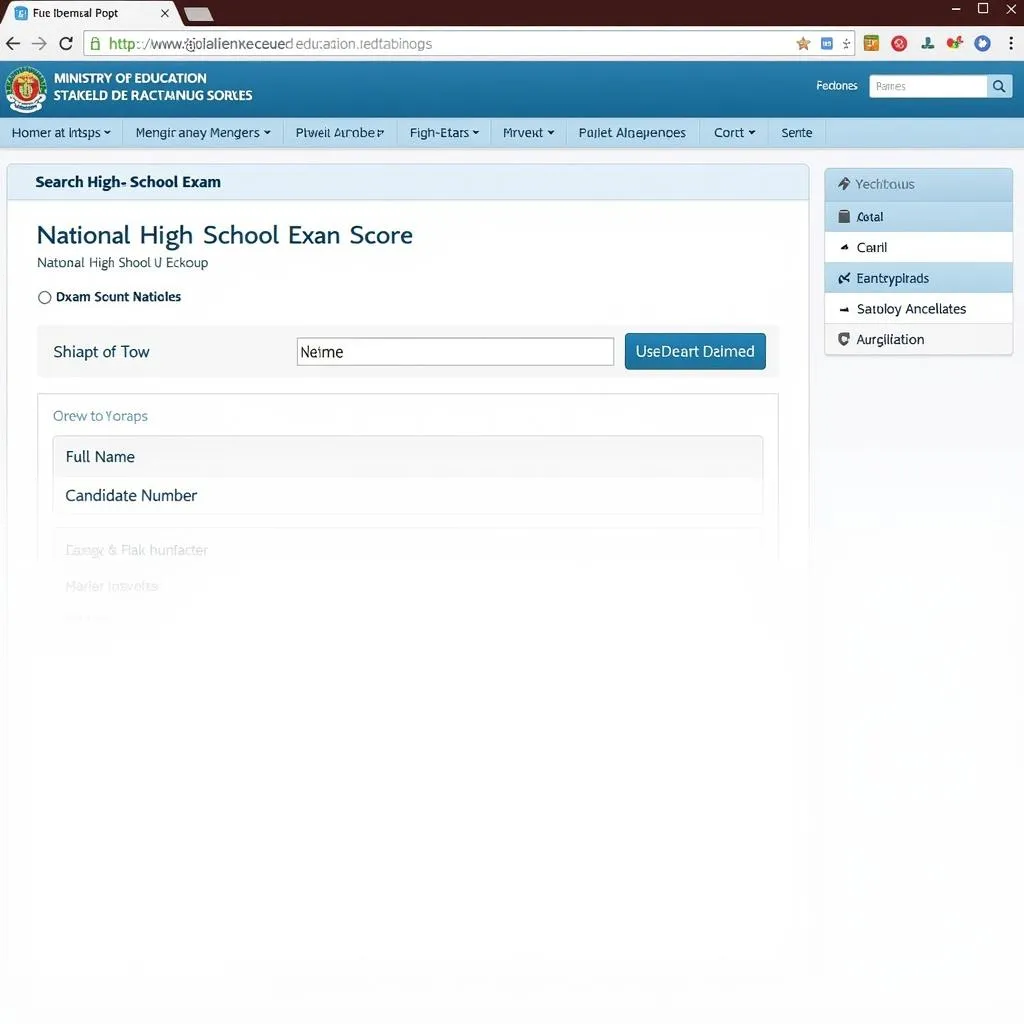Understanding the different school levels in English is crucial for any student aspiring to study abroad or simply expand their knowledge of the international education system. This guide will provide a comprehensive overview of the various stages of education in English-speaking countries, connecting them to the familiar landscape of Gia Định High School.
Navigating the Educational Ladder: From Kindergarten to University
The educational journey in English-speaking countries typically begins with preschool, also known as kindergarten or nursery school. This stage focuses on early childhood development and prepares children for formal schooling. Following preschool, students enter primary school, also referred to as elementary school. This phase usually spans from grade 1 to grade 5 or 6, depending on the specific education system. The core curriculum includes subjects like English, mathematics, science, and social studies. In Vietnam, this is comparable to the period from trường tiểu học nha bích. Next comes secondary school, often divided into middle school (or junior high) and high school (or senior high). Middle school typically covers grades 6 to 8, while high school spans grades 9 to 12. At this level, students delve deeper into academic subjects and begin to explore their interests and career paths, much like the experience at Gia Định High School.
Understanding the Nuances of High School: A Closer Look
High school is a pivotal period in a student’s educational journey. It’s where they refine their academic skills, develop critical thinking, and prepare for higher education or vocational training. The curriculum becomes more specialized, offering a range of subjects from humanities and sciences to arts and technology. This phase resonates deeply with the experiences of students at Gia Định High School as they navigate their chosen academic streams and prepare for their future endeavors. Beyond high school lies the realm of higher education, encompassing universities, colleges, and vocational schools. These institutions offer specialized programs leading to undergraduate and postgraduate degrees. The options are vast and varied, allowing students to pursue their passions and acquire the knowledge and skills necessary for their chosen professions. Many students from các trường thpt ở thái nguyên and other provinces aspire to enter prestigious universities like trường đại học chu văn an.
Beyond the Basics: Navigating the Educational Landscape
Understanding “school levels in English” goes beyond simply knowing the names. It’s about comprehending the structure, purpose, and progression of each stage. This understanding is particularly important for students considering studying abroad, as it helps them align their academic qualifications and aspirations with the international system.
- What are the different types of schools? From public and private schools to charter and boarding schools, each type offers a unique learning environment and philosophy.
- How does the grading system work? Familiarizing oneself with letter grades, GPA, and credit systems is essential for navigating the international education landscape.
Ms. Nguyen Thi Lan Anh, a seasoned educational consultant, emphasizes, “Understanding the nuances of school levels in English is crucial for Vietnamese students aspiring to study abroad. It allows them to make informed decisions about their educational path and effectively communicate their academic background to international institutions.”
Mr. Tran Van Minh, an experienced English teacher, adds, “Learning about the international education system broadens students’ horizons and equips them with the language skills necessary to navigate global opportunities.”
Furthermore, companies like công ty cổ phần tập đoàn trường thịnh offer various educational resources and services, demonstrating the increasing importance of international education. Many students from schools like thpt lê hồng phong nam định are actively researching international school systems.
In conclusion, understanding “school levels in English” empowers students at Gia Định High School and beyond to navigate the global education landscape and pursue their academic dreams. This knowledge opens doors to a world of opportunities, from studying abroad to engaging with international communities.
FAQ
- What is the difference between elementary school and primary school?
- What is the typical age range for high school students?
- What are the different types of higher education institutions?
- What is the equivalent of Vietnamese high school in the English system?
- How can I learn more about studying abroad?
- What are the benefits of understanding the international education system?
- What are some resources for learning about school levels in English?
Need further support?
Contact us at Phone: 02223831609, Email: thptgiadinh@gmail.com or visit us at Đ. Nguyễn Văn Cừ, Trang Hạ, Từ Sơn, Bắc Ninh, Việt Nam. We have a 24/7 customer support team ready to assist you.





